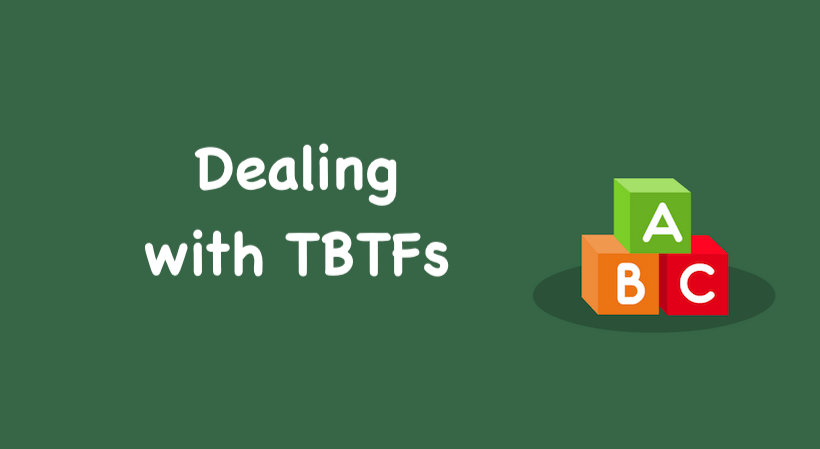Dealing with TBTFs: It is said that ‘prevention is better than cure’ and that is why most of the countries believe that such banks must be regulated strictly from the beginning and should not be allowed to become alarmingly big and vulnerable. Considering this, some measures have been taken worldwide to prevent creation of ‘TBTF’ banks in future. Here is an account of some of the steps taken in U.S and U.K.
Quick Links
Dealing with TBTFs
In U.S, after the crisis in 2010, ‘Dodd Frank Act’1 brought an important rule, that is, Volcker’s rule2 to prevent large banks from becoming too big to fail. This rule came into effect in 2015 after five years of haggling. It prohibits proprietary trading by banks. In simple words, it forbids the speculative use of customer deposits by banks for their own profits. The number of banks failing has gone down in U.S after this ‘Act’ came into place. But, banks themselves do not really seem to be happy with this ‘Act’ and especially with the Volcker rule. Wall Street has complained about it for years. In fact, according to them it is overly complex and does more harm than good for the economy. Moreover, the rule is blamed for banks’ reduced margins, liquidity and lending share in the market. Not only that, regulators also find such rules inconvenient.
Banks being opaque institutions, regulating them in the ordinary course is always a difficult proposition. Therefore, when such regulations come in place that put restrictions on certain trading activities of banks, checking banks whether they are adhering to such restrictions or not is even harder to make out. For instance, it can be challenging to judge and tell if a banker is speculating or filling customer’s demand. The transaction can not disclose the intent and hence, it becomes impractical for the regulator to be able to identify the nature of activity only by looking at the balance sheet or the other financials of the bank. In view of these arguments, the Volcker rule is proposed to be scrapped for banks with $10 billion or less in assets. Now, how it would affect the U.S banking sector remains to be seen.
Similarly in U.K, to deal with TBTF banks, the focus has been on separating commercial and investment banking. It is held that investment banking activities are inherently riskier than the regular commercial banking activities and that is why the former should not be allowed to impede the core banking functions. In light of this view, Vickers’ Commission was established in U.K. in 2010; introducing ring fencing of core banking activities so as to minimise the risks of contagion from whatever non-core banking activities take place outside the ring fence. The logic is to protect the entire core area if any bank fails in future. It is applicable to all banks with deposits of 25 billion pounds or more and the deadline for such banks to be ring-fenced is January 2019. Such a separation may make sense but at the same time, it demands a grand structural change and hence is extremely difficult and costly to implement. So, whether ring-fencing is workable or not, cost-benefit analysis after a few years only can clear the picture.
Governments’ Dilemma!
The U.S Financial Crisis of 2007-09 made the term ‘TBTF’ gain prominence. When the U.S Government allowed Lehman to fail, they probably wanted to give a signal to the banking system that they would not shell money on zombie banks. However, what happened after that was terrible for the U.S economy. The decision of the Government came under severe criticism globally as Lehman was a ‘G-SIB’ and not preventing its failure led to all those adverse ripple effects (in several economies) that the failure of such a bank would generally lead to. This instance shows how difficult it can be for a Government to find the correct way and deal with the drowning TBTF banks. Supporting one TBTF bank would mean providing green signal to other institutions to act in the similar way and not supporting such institutions may invite severe criticism and hardships for the economies. As no Government would want any such unfavorable results, the question is how TBTF banks should be ultimately dealt with.
India’s precautionary approach to deal with ‘TBTFs’
Click Here to Check
Recommended Articles

